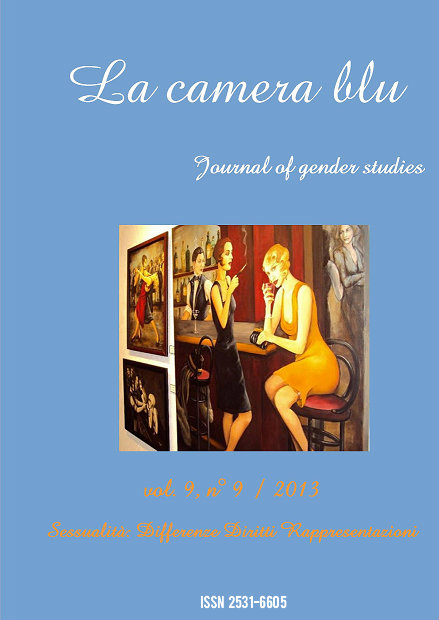Objects of desire or corpus delicti? Clothes, accessories, photographs and gender patterns in the Nineteenth and Twentieth century
DOI:
https://doi.org/10.6092/1827-9198/1988Keywords:
Objects, gender, identity, photographsAbstract
The contribution primarily explores the role played by the objects in the processes of construction of new gender patterns between the nineteenth and twentieth centuries. In particular, the skirt, dressed first by middle-class women and then also of the working classes in the early decades of the twentieth century, as well as trousers and a monocle in the environments of early feminism, are the objects through which generations of women publicly signaled the birth of a new and more emancipated woman's figure. At the same time, in places of homosexual socializing and meeting many objects typically female became part of the repertoire used to express new forms of subjectivity. In addition to clothes, the author focuses on the role played by the photographs of men and women posing in drag found in judicial archives or photographic studios in the first half of the twentieth century, and present a sample.
Secondly, the article investigates the way in which the more conservative segments of society defended the "monosexual" nature of some objects or clothing. For the opposite direction, therefore, the "sex of objects" was erected as a bulwark of the division between male and female, that those decades of rapid cultural and social changes, drastically put in crisis. We find, as well, a rowdy and hostile crowd around a woman in pants, as well as scientists and public opinion mobilized against a man who boldly exhibited a lace shirt under the vest.
Downloads
Downloads
Published
How to Cite
Issue
Section
License
La camera blu is an open access, online publication, with licence CCPL Creative Commons Attribution 3.0 Unported


